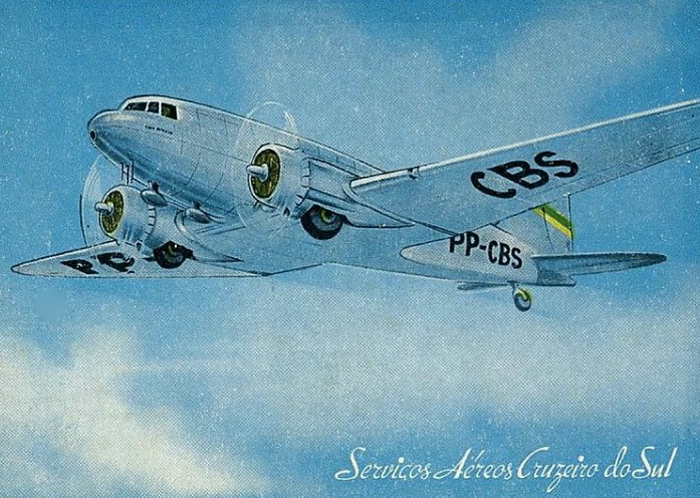Crash of an Airspeed AS.10 Oxford II off RAF Saint Eval: 1 killed
Date & Time:
Registration:
X7282
Survivors:
No
Schedule:
Saint Eval - Saint Eval
Crew on board:
1
Crew fatalities:
Pax on board:
0
Pax fatalities:
Other fatalities:
Total fatalities:
1
Circumstances:
The pilot was performing a solo training sortie from RAF Saint Eval. While flying about 15 km north of the airbase, the twin engine aircraft went out of control and crashed in unknown circumstances into the sea. No trace of the aircraft nor the crew was ever found.
Crew (224th Squadron):
F/O Thomas William Goodschild.
Crew (224th Squadron):
F/O Thomas William Goodschild.



